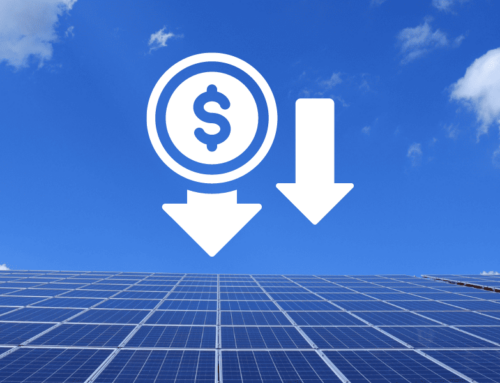Transparent solar panels could replace windows in the future. Here’s how:
Of course, transparent solar panels sound too good to be true. But they would have the potential to shift cities from major energy users to energy providers and could usher in a new era of clean energy revolution while preserving farmland and natural habitats that may one day be used for solar farms.
And, as the world moves toward a low-carbon future trying to curb the effects of climate change, solar energy should unquestionably be one of our strongest allies. But are transparent solar technologies viable? Could we really generate electricity from windows in office buildings, homes, car sunroofs, or even smartphones?
What is ‘transparent solar energy’?
Transparent solar is a cutting-edge technology that gathers and uses light energy through windows or any glass surface, regardless of the angle. It has the potential to be a game-changer in terms of broadening the scope of solar.
In terms of engineering, researchers have created several means of transparent solar technology. Most of them function as transparent solar concentrators, which means they are made to absorb specific UV and infrared light wavelengths that aren’t visible to the naked eye. Then transform them into energy capable of powering electronics.
This is also called photovoltaic glass, and it’s manufactured to provide a range of transparency. Back in 2014, researchers at Michigan State University (MSU) developed an entirely transparent solar concentrator that could convert almost any glass sheet or window into a PV cell.
And by 2020, scientists in the United States and Europe have achieved 100 percent transparency for solar glass — one step closer to the goal of a sustainable future that could free us from the grid and the fossil fuel industry.
What are the benefits?
See-through solar panels could be incredibly important as glass is practically everywhere. From the screen of your phone to skyscrapers, it’s estimated that there are 5 to 7 billion square meters of glass surfaces in the United States. It’s mind-blowing to think of the sheer amount of electricity that could be generated if we could tap into that power.
With that in mind, it should also be noted that current conventional solar panels need quite a wide setup area as well as a significant initial cost. Because of these constraints, it is difficult to install them on buildings in metropolitan locations. Transparent solar panels, on the other hand, can be used as glass panels/windows in these areas, paving the way for net-zero energy buildings and helping cities meet climate goals and targets.







